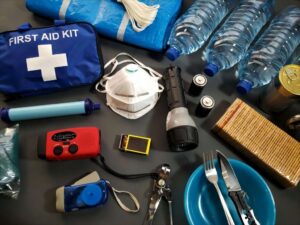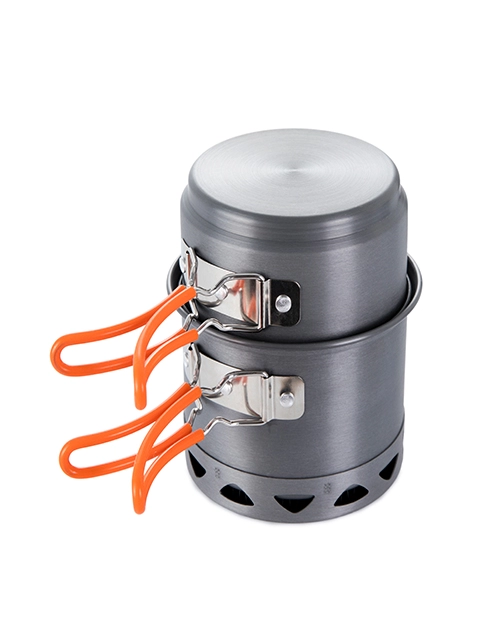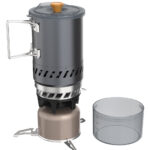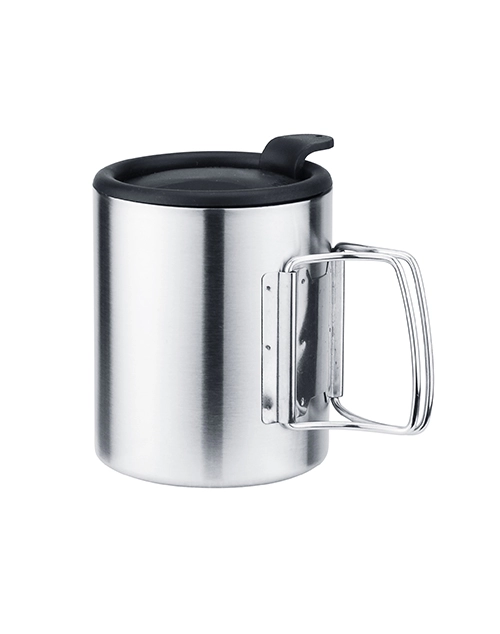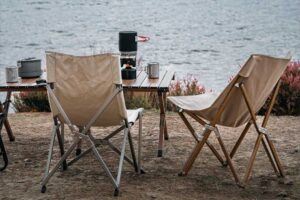
However, wild beach camping is not completely impossible. With careful preparation, research, prudence, and good practice, you may find desert island-like locations. Take a look at these things to think about before you go if you can’t wait to walk on the pristine beaches of the seaside:
Why Beach Camping?
Beach camping is not just about pitching a tent near the shore; it’s about embracing the wild energy of the coast. The ever-changing tides, the rhythmic sound of the waves, and the natural beauty of the seaside rejuvenate the spirit. For those who grew up near the ocean or on islands, the seaside holds a special place in their hearts. The open space and unknown horizons offer a sense of absolute freedom that is hard to find elsewhere.
Top Beach Camping Tips for More Fun in the Sun
There is nothing like camping on the beach. Something about being near the beach gives a fresh lease on life and a kind of untamed energy. It increases your sense of adventure and lessens stress. These best practices for beach camping could be useful for those who dare:
Permissions and Accessibility
The majority of property is privately held, therefore if you camp there without permission, you may be breaching the law. This is a major problem with wild camping in general. If you have a suitable location in mind, find out the details by getting in touch with the state park or local government. They might tell you where to look for further information, or they might say it’s okay for you to camp there.
Preparing Your Campsite
When preparing your campsite, there are a few extra things to take into account to make your time by the sea as magical as possible:
Ensure that you are much above the high tide line. If in doubt, head further inland. If not, check the local tide charts. Driftwood, seaweed, and other debris that has accumulated on the shore typically indicate the water levels from the previous storm.
Choose a protected area where the wind strikes the rear of your tent, if at all, as the direction of the wind can significantly impact your comfort levels. Consider using storm pegs, which are more secure in the sand, while setting up a tent.
If you’re camping without a tent, bring a tarp for a fast temporary shelter if the weather looks like it’ll change. If you’re camping in a hot region, a tarp will also provide some shade from the morning sun. If there are bugs around, make a mosquito net out of wood and stakes and secure it under your tarp.
Cooking over the campfire
One of the most enjoyable aspects of beach camping is being able to completely relax in front of the hypnotic flames of the dancing campfire. The crackle of the fire and the tranquil lapping of the ocean give an ideal accompaniment to the distant calls of seagulls. Oh, this is so lovely! Don’t ruin it with subpar food or a weak fire. To cook on your fire, you’ll need some decent embers, so build it up properly and you’ll soon be dishing out a first-class feast.
For a solid windbreak, dig a pit in the sand for your fire. If you need to put it out quickly, you may fold sand over it with ease (and then douse it in seawater to make sure it’s fully out).
Make sure you have an ample supply of wood available to fuel the fire, along with some sturdy logs to survive through the evening.
You can start cooking as soon as you have some nice embers. Check out this foil-wrapped fish recipe for a nautical-themed supper.
Leave no traces
Leaving no sign of your stay is crucial, just like on any other camping excursion. It guarantees that future generations can enjoy the location in addition to its natural advantages. Thus, to leave the lightest possible imprints on the sand, follow these steps:
- Make sure you bury your waste at least 100 feet away from any water source and use a trowel for the job.
- Pack up whatever you don’t need.
- Although the natural cover provided by sand dunes may be alluring, it is not advisable to camp on unofficial trails as these fragile ecosystems serve as habitats for a wide range of wildlife.
- Use laundry soap or biodegradable soap.
- If you have a fire, make sure the ashes are buried and don’t leave burn marks on the rocks with soot.
Do’s:
- Instead of setting up a tent, think about sleeping outside among the stars. If you decide to set up a tent, be sure it’s as far away from any fluorescent lights as you can.
- Select a muted shade of brown or dark green.
- Do not overpack; everything you need should fit into one backpack. See our lightweight camping checklist for suggestions on what to bring for a successful backpacking expedition.
- Verify that from your selected location, there are no houses, campgrounds, or highways visible.
- Examine your spot during the day, then return there after dark if you’re worried about being “spotted.”
Don’ts:
- Instead of setting up camp in the center of the beach, find a spot close to the rocks or on the sand’s edge near the tree line.
- Unless you are certain that no one will be able to see the fire or its flame, don’t ignite one.
- Avoid overstaying your welcome by packing up early in the morning to give the impression that you are simply taking in the sunrise while anyone happens to stumble into your beach setup.
- Bring only a small number of friends! To minimize disturbance and minimize your effect on the beach, keep your group small.
Make sure you minimize any negative effects on the beach and other nearby users, regardless of how you decide to satisfy your craving for marine life. Above all, enjoy your small area of peace and quiet and go forth and explore this wonderful place by leaving no trace and showing respect.



